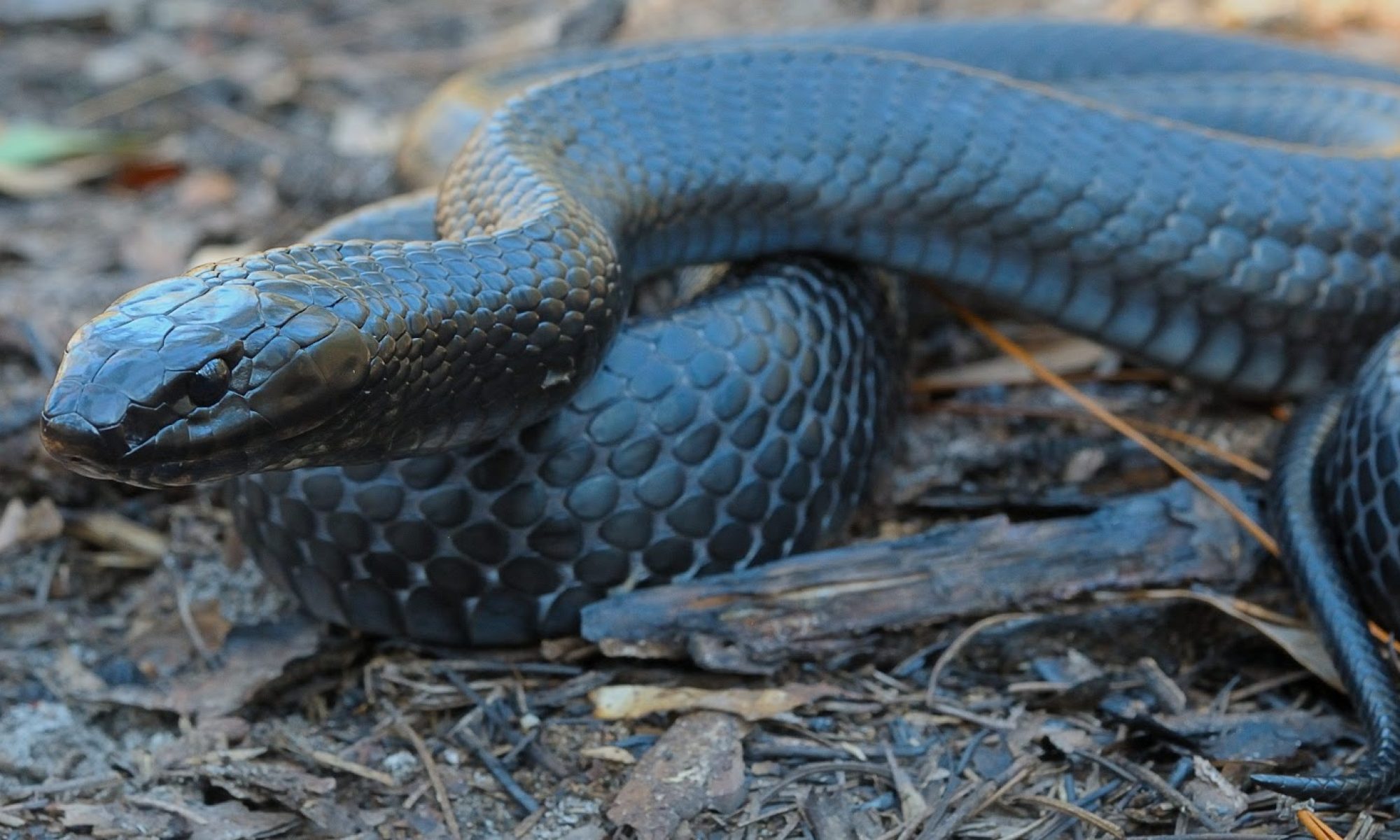The best available information suggests that of the past, current and future influences on what the eastern indigo snake needs for long term viability the largest negative factors affecting viability of the species currently and into the future are habitat modification and destruction due to land use changes, especially urbanization, and sea level rise. Urbanization includes a variety of impacts which remove or fragment available habitat or impact snakes directly including: residential and commercial development, road construction and expansion, direct mortality, invasive species, predation and inadequate fire management. Habitat loss for coastal populations due to sea level rise from climate change is also an increasing risk.
The cooperation of many partners to implement conservation efforts can help mitigate the negative factors and positively influence long-term viability of the species. To accelerate recovery, repatriation of eastern indigo snake populations in areas of extirpation is underway. Since listing under the ESA, wild collection of eastern indigo snakes for the pet trade is no longer believed to be a significant threat. Land conservation has increased in some areas, especially where there are on-going efforts to conserve gopher tortoise populations. These conservation efforts have diminished the threat of gassing gopher tortoise burrows, and will have lasting conservation benefits for the eastern indigo snake across much of its range.
